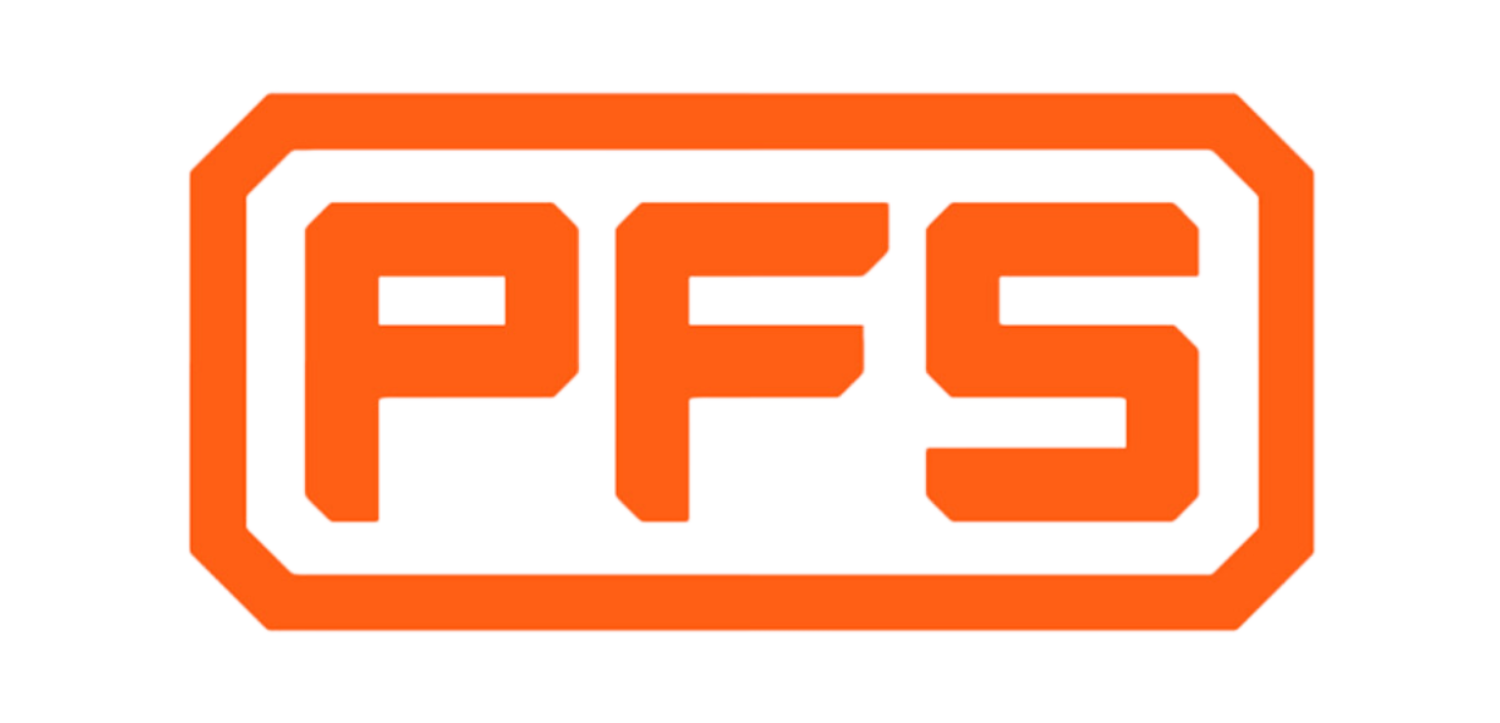Battling Tags: How Professionals Remove Unwanted Graffiti.
7/1/2024. Written By Joshua D. Bennett.
Graffiti can be a real eyesore, detracting from the beauty of buildings and public spaces. But don't despair! Professionals have a toolbox of methods to remove unwanted tags and restore surfaces to their former glory. Let's delve into some of the most common techniques.
Common Graffiti Removal Methods:
Chemical Solutions:
Solvent Power: For fresh spray paint, solvents like mineral spirits or acetone (be sure to use caution and proper ventilation!) can dissolve the paint, allowing for easy removal. However, this method requires a keen eye, as harsh chemicals can damage some surfaces.
Gelled for Gentle Removal: For delicate surfaces like stone or brick, professionals might use a gel-based chemical stripper. These controlled applications minimize the risk of damaging the underlying material.
Blasting Techniques:
Pressure Washing: A powerful stream of water can remove loose paint and graffiti. This is a good option for sturdy surfaces like concrete, but it can be too forceful for delicate materials.
Sandblasting: Sandblasting uses a stream of abrasive material (like sand!) to literally blast away the graffiti. This is highly effective on tough surfaces, but it can also leave a roughened texture and requires extreme caution to avoid damaging the substrate.
Dry Ice Blasting: A more eco-friendly option is dry ice blasting. Here, tiny pellets of dry ice are blasted at the graffiti, freezing and shattering the paint for easy removal. This method is gentler on surfaces and doesn't leave behind water residue.
Other Techniques:
Buffing it Out: In some cases, professionals might use a buffing machine with a special abrasive pad to remove the top layer of paint, taking the graffiti with it. This is suitable for smooth surfaces but can alter the sheen or color of the material.
Covering Up: When all else fails, there's always the option of covering the graffiti with paint that matches the original surface. This is a last resort, but it can be a good option for surfaces that are too damaged for restoration.
Choosing the Right Method:
The best graffiti removal method depends on several factors:
The type of surface: Delicate surfaces require gentler methods, while sturdier materials can withstand more aggressive techniques.
The type of paint: Knowing the type of paint used in the graffiti can help professionals choose the most effective solvent.
The severity of the damage: For deeply etched tags, complete removal might not be possible, and restoration might be necessary.
Why Hire a Pro?
While some graffiti removal methods seem DIY-friendly, there are several advantages to hiring a professional:
Expertise: Professionals have the knowledge and experience to choose the safest and most effective method for the specific situation.
Safety: Using harsh chemicals or blasting techniques requires proper training and safety gear.
Efficiency: Professionals have the equipment and techniques to remove graffiti quickly and efficiently.
Protecting the Property: The wrong method can damage the underlying surface. Professionals know how to remove graffiti without causing further harm.
So, next time you encounter unwanted graffiti, remember – there's a professional out there with the right tools and techniques to combat those tags and restore your property's beauty. Looking for a partner?
Contact PFS today for your free consultation and quote.

